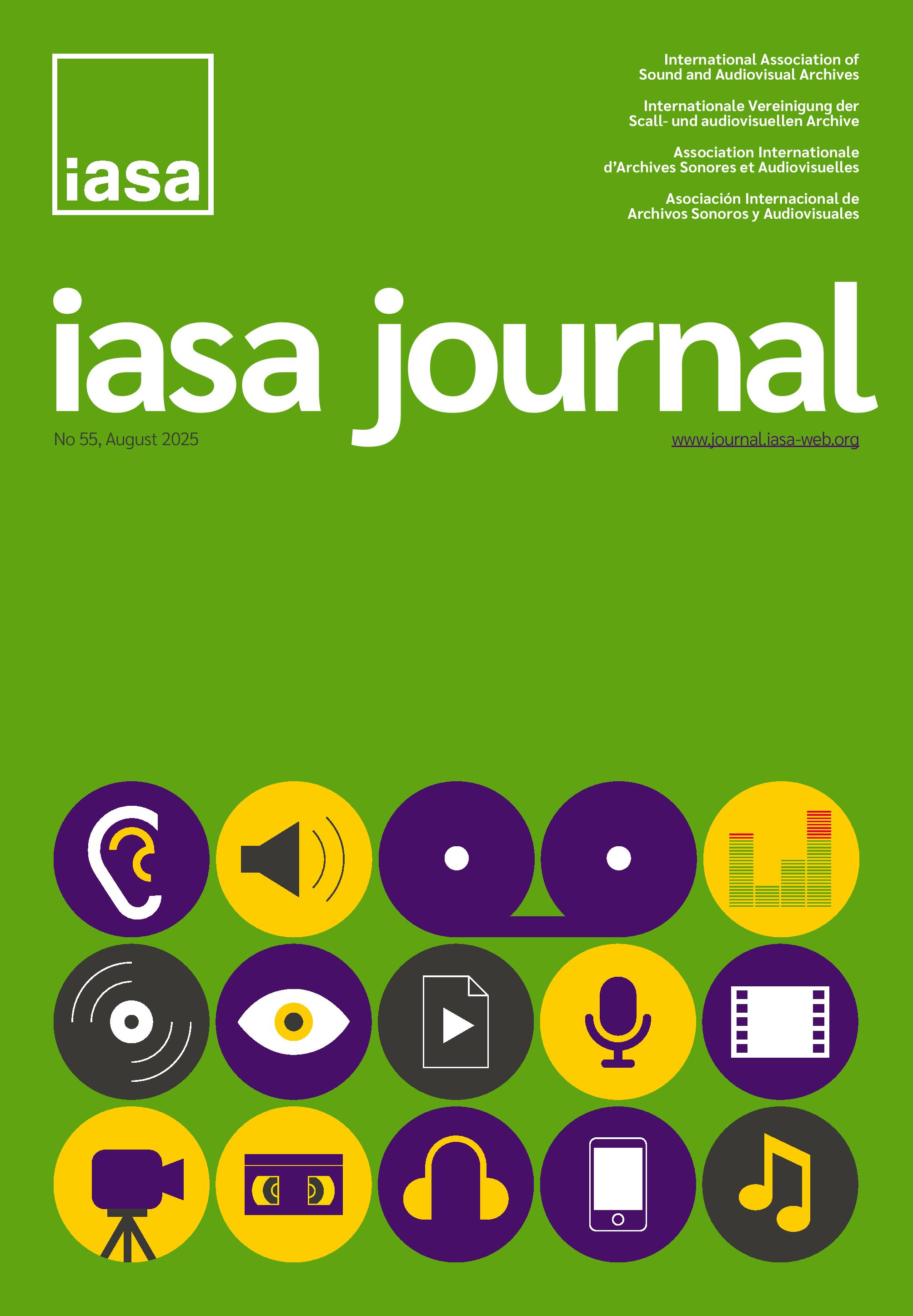How the German National Library Migrated 770,000 Compact Discs and Digitized 50,000 Audiocassettes
Main Article Content
Abstract
The German Music Archive of the German National Library collects copies of every sound carrier published in Germany. It began collecting audio CDs in 1982, and growing at a rate of more than 20,000 units per year, the collection contains 770,000 items today. Though the most significant part of the archive’s collection of analogue sound carriers consists of vinyl and shellac records, there is also a substantial number of audio cassettes.
Over the last 15 years, the German National Library has put two digitization projects into practice to preserve its library holdings and to make music more easily accessible via the reading rooms’ computers at its Leipzig and Frankfurt am Main locations. One project focused on migrating the digital content of all its audio CDs to the digital repository, and another initiative managed the digitization of the archive’s 50,000 audiocassettes. The German Music Archive can now provide more than 500,000 hours of digital music to its on-site users.
This article explains the processes and workflows of both projects, challenges encountered, quality control applied, and lessons learned. It describes how the library dealt with hidden tracks, additional materials, non-circular CDs, faulty tapes, audible errors within a CD, and why sound carriers with electronic music seemed particularly complicated.
Article Details

This work is licensed under a Creative Commons Attribution-NonCommercial-ShareAlike 4.0 International License.
Unless stated otherwise, authors license their work under a Creative Commons Attribution-NonCommercial-ShareAlike 4.0 International License.
Signed articles and reviews represent the opinions of the authors and do not necessarily reflect the policies of the Association.

